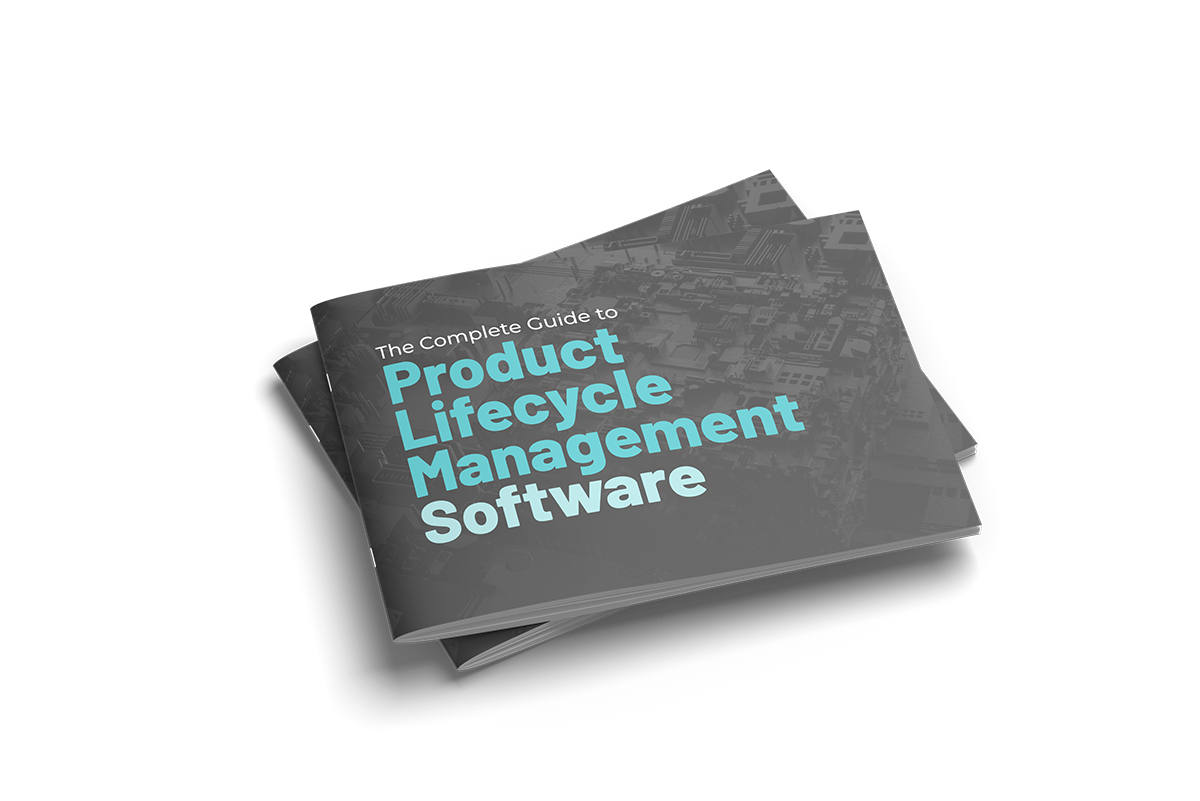Supply Chain Transparency
Boost sales with green products
Sustainability demand is rapidly accelerating
- Customers prefer sustainable products
- Retailers require green vendor and supplier networks
- Governments are enforcing new regulations
Discover more about Sustainability Reporting.
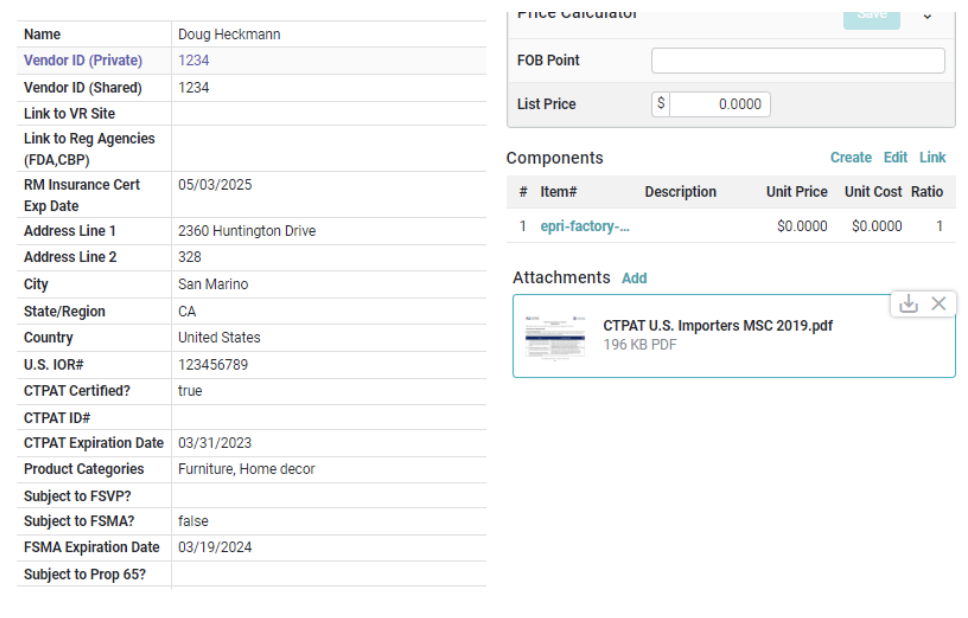
Over 95% of a brand’s environmental impact originates in its supply chain, highlighting why transparency upstream matters more than ever.
Reveal supply chain practices
Manage vendor and product info collaboratively
- Communicate with vendors about compliance issues
- Build workflows to complete compliance tasks
- See updated product and vendor data in real time
Discover more about Vendor Management Software.
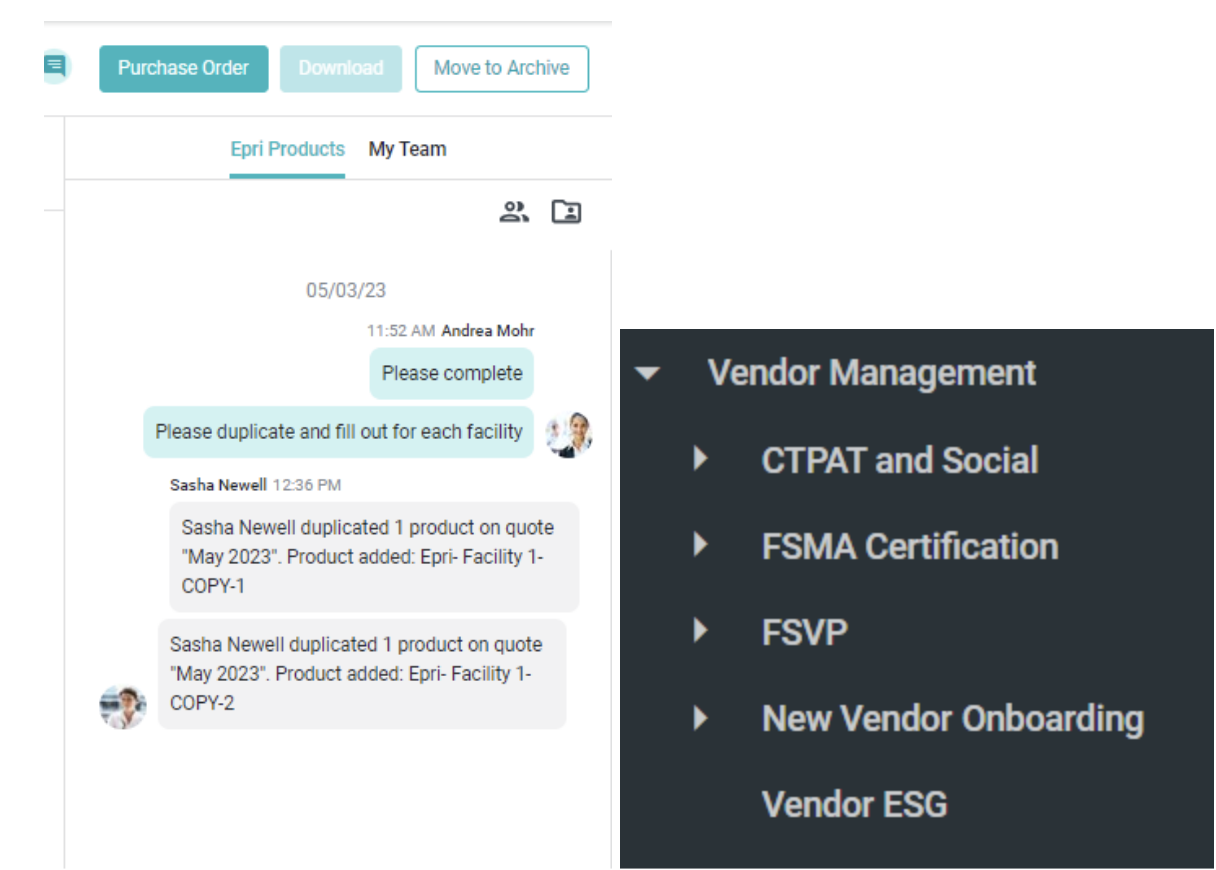
Products labeled “sustainable” achieve 28% cumulative sales growth over five years, compared to just 20% for non-sustainable products.
Perform compliance audits
Send custom questionnaires using this process:
- Build a questionnaire
- Notify the vendor of the questionnaire
- Track vendor progress in real-time
- Get notified when the form is completed
Discover more about Compliance and Risk Management.
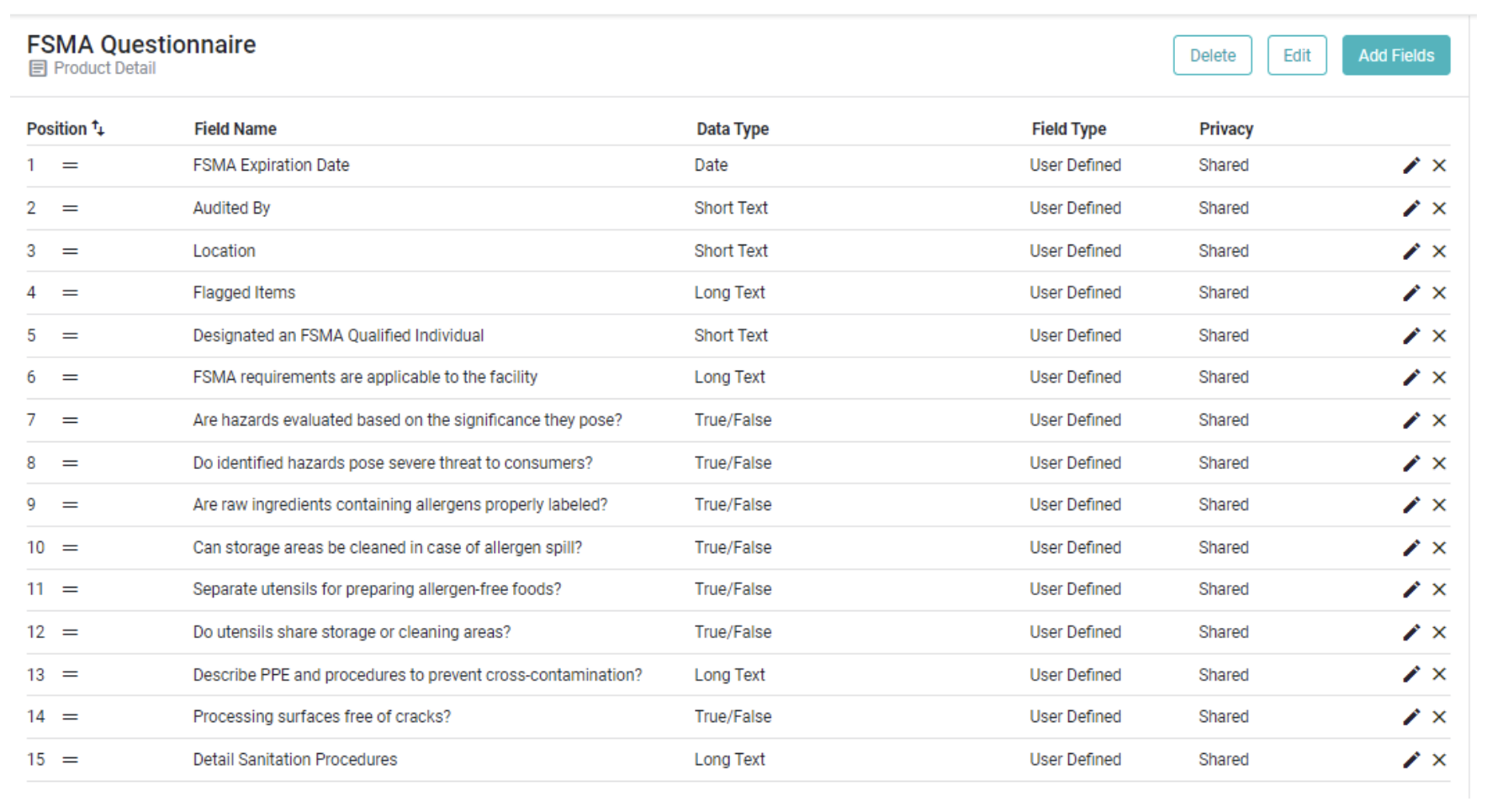
Brands with over 50% of sales from sustainable lines see repeat purchase rates of 32–34%, surpassing the sub-30% average of less sustainable peers.
Automate vendor certifications
Get notified on renewals
- Configure alerts for vendor certification expiration dates
- Automatically send surveys to vendors
- Track certification progress in real time
Discover more about Sustainability Reporting.
.png?width=1466&height=844&name=image(2).png)
Build a detailed vendor scorecard
Enhance quality control
- Create a scorecard template
- Input key performance metrics
- Establish a custom grading scale
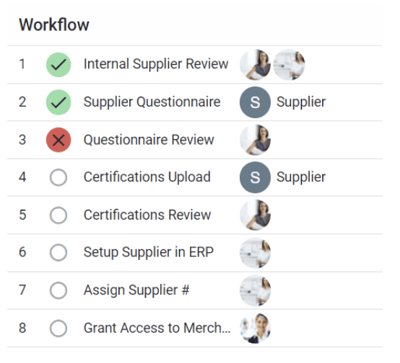
Tap into 28% higher growth with sustainable products.
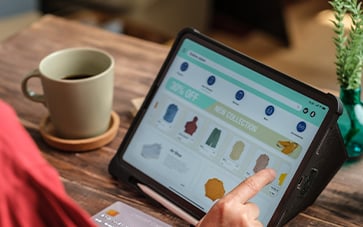

FAQs
Sustainable Supply Chain Management (SSCM) involves integrating environmentally and socially responsible practices into the entire supply chain lifecycle, from sourcing raw materials to delivering the final product.
Surefront helps make this possible by giving users unparalleled transparency into vendor and product information. All the information lives on the Surefront platform.
Building a green supply chain is all about minimizing the environmental footprint of the supply chain processes. You can do this by reducing emissions, waste, and energy usage, and promoting recycling and sustainable resource use.
Many businesses utilize a green supply chain management (GSCM) strategy that integrates environmental thinking into supply chain management, including product design, material sourcing, manufacturing processes, delivery of the final product, and end-of-life management.
Surefront helps enable green supply chain management by giving businesses visibility into vendor information and products. With Surefront you can
- Perform timely compliance audits
- Automate vendor certification
- Build a detailed vendor scorecard
Each of these tools helps you and your vendors stay compliant and meet sustainability needs.
It’s difficult to ensure that your supply chain utilizes fair labor practices, respects human rights, and promotes fair trade, transparency, and accountability. But more and more customers are demanding this attention to detail.
Most businesses require vendors to have active certifications and to pass audits designed to sniff out unsavory practices. Surefront automates these processes and centralizes them onto a collaborative platform.
Yes! Surefront prides itself on helping businesses get unprecedented visibility into supply chain processes. We help track vendor and product information using our real-time collaboration platform. Here’s how Surefront supports sustainability in supply chains:
- Real-Time Collaboration: Keep stakeholders aligned on sustainability goals and quickly address any issues that arise
- Comprehensive Tracking: With Surefront, you can track vendor and product information meticulously.
- Automated Compliance Audits: Send automatic reminders for expiring certifications and track the progress of certification renewals.
Each tool vastly improves your ability to maintain a sustainable supply chain.
Case Studies

Fine Jewelry
West coast fine jeweler shaves weeks off production time, days off line sheet development, and hours off vendor communication and SKU management.

Home Décor
Surefront enables industry-leading productivity and unparalleled sales. Tasks that formerly took JIA HOME two weeks now take just 30 minutes.

Home Furnishings
Surefront’s PLM helped the Handy Living team reduce the average new product development cycle from 6-12 months time to 3 months per product.
From Our Blog

Future Proofing MerchOps Workflows for the Next Era of Retail

Brands That Move Markets: Lessons from Retail Leaders

Make the Shift from Static Data to Dynamic Catalogs
Download the Complete Guide to Produce Lifecycle Management
Get Your Free Copy Today!
